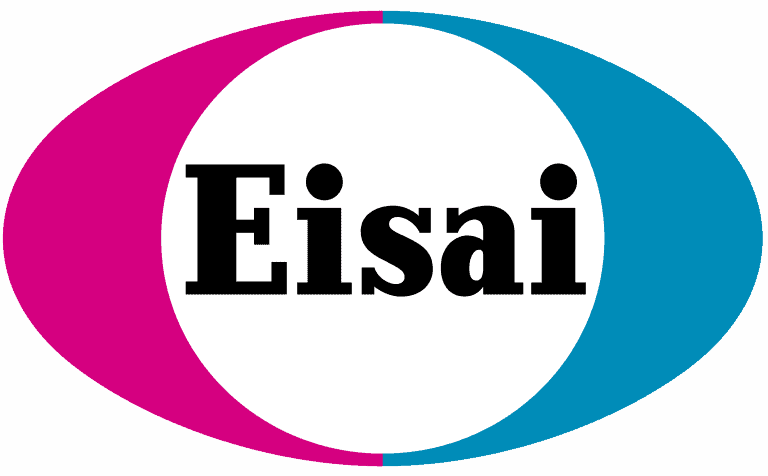This article is interesting for a couple of reasons. First, it describes the use of zebrafish as a model for Dravet syndrome. Zebrafish have become very useful in medical research. They are small, and easy and inexpensive to maintain and employ in drug response studies, especially in comparison to mice. Of course, although they share many similarities with humans, they are 30% different genetically, and so any results with zebrafish can only be suggestive, and not directly extrapolated to humans. Mutations in the SCN1A gene that cause Dravet Syndrome can be mimicked in zebrafish, and these cause spontaneous seizures, and photosensitive seizures that can be triggered by light pulses; also, these fish respond to the same anti-epileptic drugs used to treat Dravet Syndrome in humans. With zebrafish, researchers can readily do sophisticated mapping of brain activity patterns. Further, the swimming behavior of zebrafish can be used to monitor effects on motor ability and hyperactivity.
The results of this study were also interesting. A combination of drugs (\”polytherapy\”) is often needed to obtain maximal benefit, but there are so many possible combinations that it is hard to investigate all of them. In the current study, the zebrafish set-up allowed for very fast and efficient testing of many compounds and combinations thereof. The researchers used a set of 154 compounds, including drugs prescribed for Dravet syndrome plus a variety of other neuroactive drugs and compounds predicted to bind to sodium channels. They arrived at an optimal combination, and it was unexpected – fluoxetine (an antidepressant) and mifepristone (an inhibitor of steroid receptors). Again, this study was performed in zebrafish, and is intriguing, but may not prove to be transferrable to humans.







